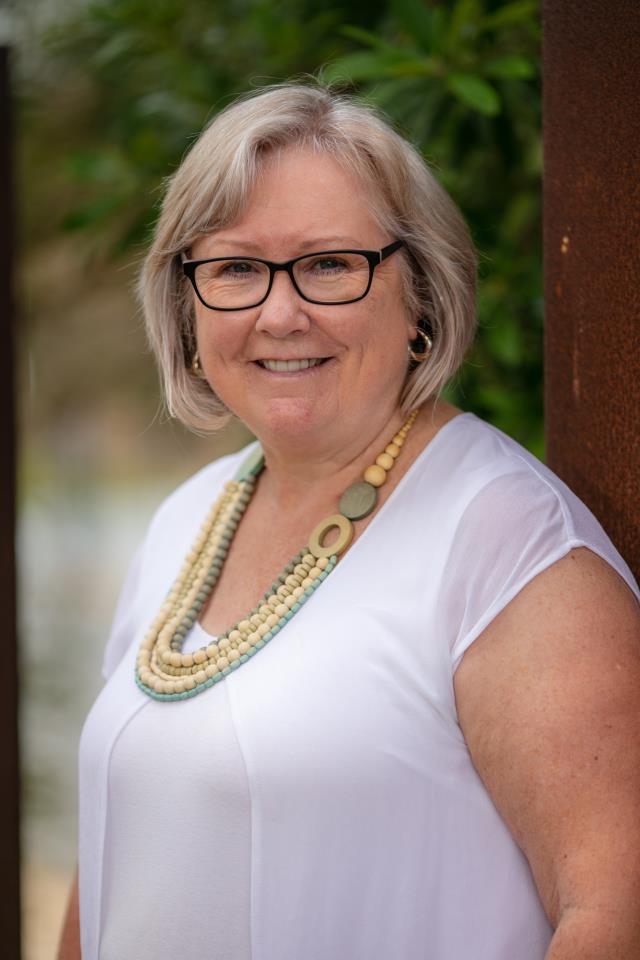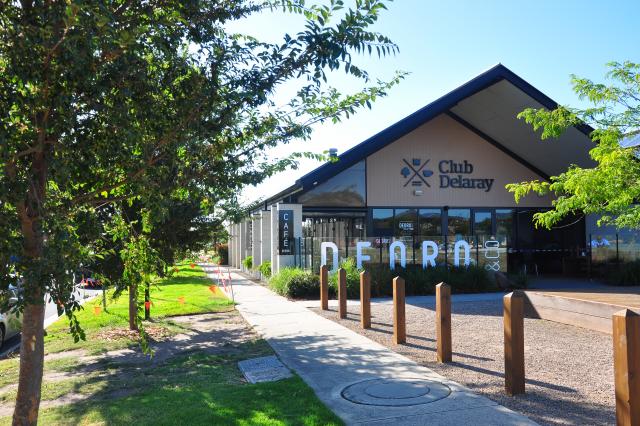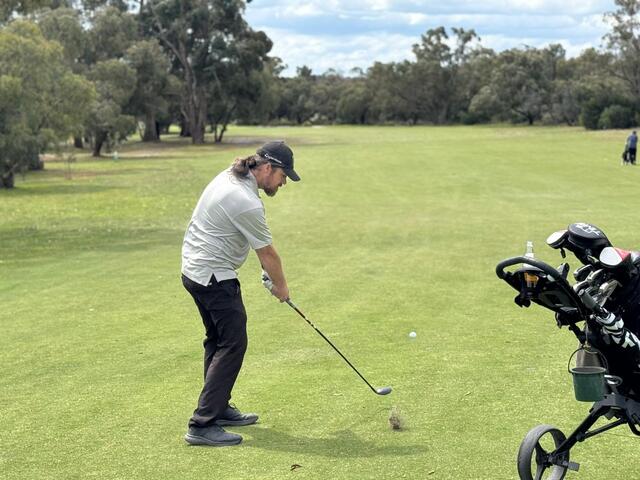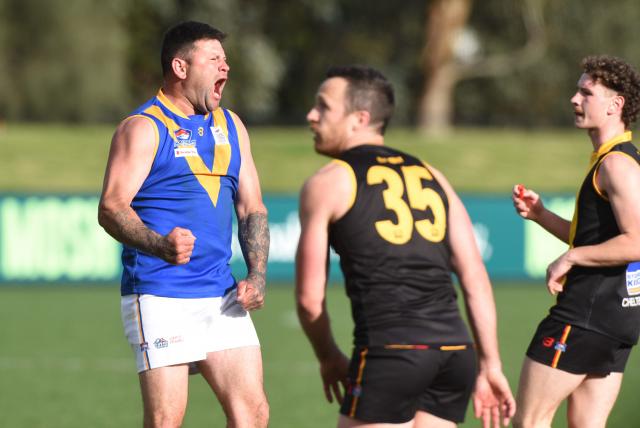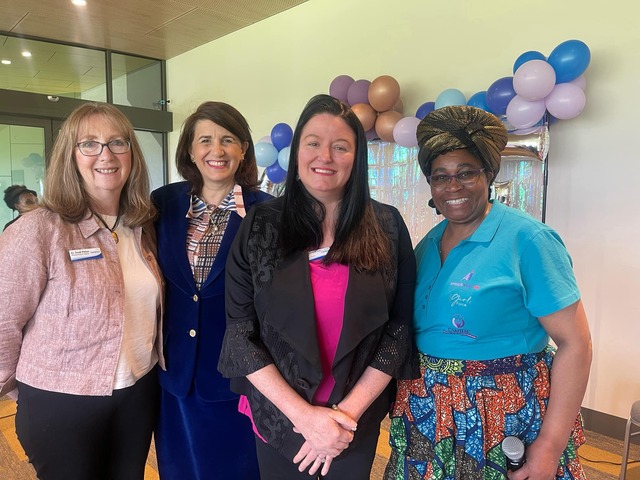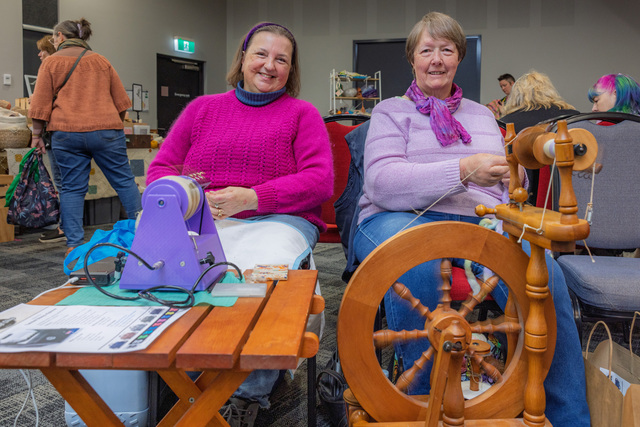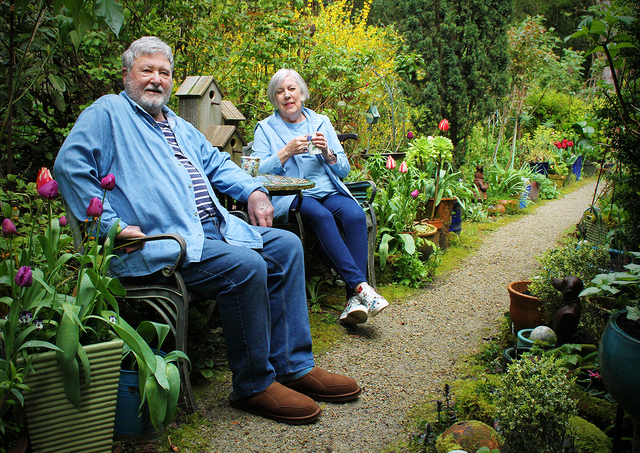While the roads in and out of Clyde North have seen some change, the suburb is still in the shackles of poor cell reception.
Clyde North had a population of 31,681 residents in 2021, with Clyde having a population of 11,177, according to that year’s Census by the Australian Bureau of Statistics.
Despite the growth, Elizabeth Sabelino, who has been living in Clyde North since 2017, is still experiencing reception issues.
“To this day the reception hasn’t gotten any better, from my house I still only have one bar on a good day,” she said.
In 2016, Clyde North had a population of 8000 residents, while Clyde had 2000 – both suburbs seeing an exponential growth of 288.26 per cent and 427.76 per cent respectively, by 2021.
Ms Sabelino, who was previously a communications intern for the Major Transport Infrastructure Authority, had instances where she worked from home, an experience she said was made challenging by the lack of proficient cell reception.
“I’ve had to work around by doing WIFI calling but even that doesn’t help that much.
“What I’ve had to do every time there’s a call, I have to go to the front of the house to get better reception,” Ms Sabelino said.
Furthermore, idCommunity has forecasted both suburbs to have a combined population of roughly 65,500 in 2024.
Maree Cullinan, the manager of the Balla Balla Community Centre in Selandra Rise, echoed Ms Sabelino’s sentiments, saying that the poor cell reception “isn’t really a selling point for Clyde North”.
“Many people are still working from home, and we have trouble even here, we have to go out of the building just to make calls.
“The one thing we should have access to is good cell reception, especially in this day and age,” Ms Cullinan said.
Mark Gregory, an associate professor in RMIT’s school of engineering said that “the issues are the distribution of the axis points”.
“Also things like buildings, the terrain and of course, the location of freeways and vehicles, supermarkets and so on,” he said.
The axis point the professor mentioned refers to how factors of a network are being spread out, such as geographical distribution which are physical routers, switches, and servers across an area, and planning their placement for effective and optimal coverage.
Another axis is traffic, or data and their movements, which involves ensuring that data flows through different networks efficiently without causing jams or delays.
While topographically Clyde and Clyde North are relatively flat, Professor Gregory said that the weather is one of many things that “really degrade the signal”.
“In regards to that you’ve got heat, dust, and moisture in the air.
“You mix that in with tall objects like trees, buildings, and hills, you’re going to have a combination of things that are going to affect the signal,” he said.
The professor also added that cellular reception is an important part of a suburb’s infrastructure, especially if it’s continuously seeing population growth.
“It’s very important to suburbs that are growing because you get these situations where new housing is built and the coverage won’t or may not exist there.
“It does mean you’ve got to look at telecommunications as something you’d be doing before you start to build some of these suburbs at their proposed location,” Professor Gregory said.
On 20 February, Dandenong MP Gabrielle Williams addressed State Parliament on the aftermath of the storm that caused outages on the telecommunications network across the state.
She emphasised the importance of telco networks and customers’ inability to access emergency services, stating that “these recent events remind us of how essential telco services are”.
“That is why we have made it clear to the Commonwealth that better regulation of telcos as critical infrastructure must be a priority,” Ms Williams said.
However, she also acknowledged that issues with telco providers are not an uncommon occurrence.
“The reality is, though, that even outside of emergencies many of these communities experience poor coverage.
“That is why we have invested $540 million in the Connecting Victoria program to fast-track improved mobile and broadband connectivity across many communities,” Ms Williams said.
While this project is still underway, Professor Gregory said that there’s a limit as to how much telcos will invest in infrastructure, and at that stage then “becomes a problem for the consumer.”
“There are things that consumers can do to assist themselves with the signal.
“It’s one of the combinational things where telcos will do a certain amount and then it’s really down to the consumer to find a solution that works for them,” the professor said.
One of these solutions he mentioned includes purchasing devices such as antennas that can extend or amplify the signal into one’s home, much like WIFI extenders but for cell service.
For Ms Sabelino however, the whole issue became something she got used to and decided to live with.
“It’s a necessity if an emergency were to happen or from work-from-home purposes, it’s hard to contact people in tough situations sometimes.
“I feel like there’s no point with contacting [telcos] because either they’re going to give you the same response, or they’re going to give you a PR-trained response, but there’s going to be no action.
“It’s a testament to how long we’ve been here and nothing has happened,” she said.
A previous article published on Cranbourne Star News in May of 2023 delved into the same issue, with residents saying that the reception was a joke.
The Connecting Victoria project aims to deliver 1,400 projects by 2026, with Clyde North planned to have four mobile towers erected, and Clyde planned to have two mobile towers and one broadband solution.
However, specific locations are currently unavailable with many of the projects still in the planning phase.

